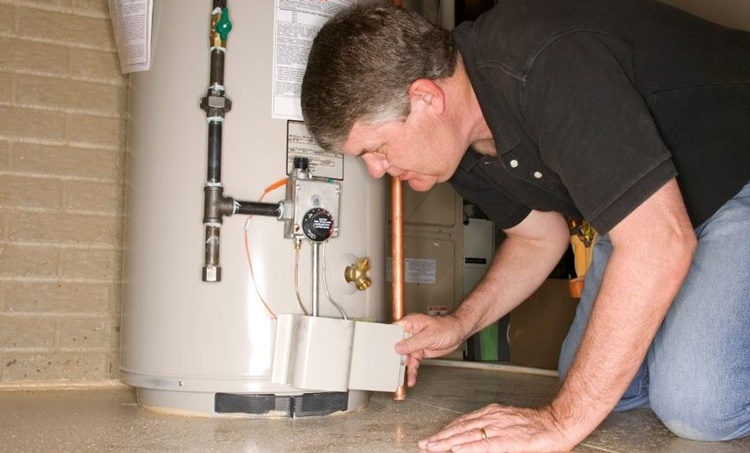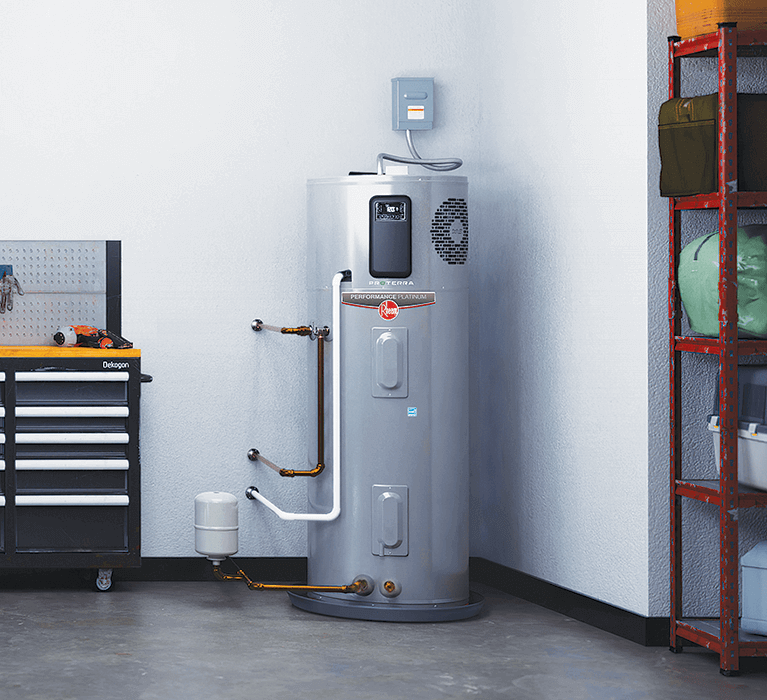Useful Techniques for Maintaining Your Home's Hot Water System
Useful Techniques for Maintaining Your Home's Hot Water System
Blog Article
Have you been looking for ideas involving What Kind of Maintenance Do Water Heaters Need??

Warm water is crucial for day-to-day comfort, whether it's for a revitalizing shower or washing dishes. To guarantee your warm water system runs effectively and lasts much longer, routine maintenance is vital. This short article provides useful ideas and insights on exactly how to maintain your home's warm water system to prevent disruptions and expensive repairs.
Introduction
Preserving your home's hot water system might appear challenging, however with a few basic actions, you can guarantee it runs smoothly for several years to come. This overview covers everything from comprehending your hot water system to do it yourself upkeep ideas and understanding when to call in expert help.
Value of Maintaining Your Hot Water System
Normal maintenance not just prolongs the life-span of your hot water system however also ensures it runs effectively. Disregarding maintenance can bring about decreased effectiveness, greater energy expenses, and even premature failing of the system.
Signs Your Hot Water System Requirements Upkeep
Knowing when your warm water system needs interest can stop significant issues. Watch out for indicators such as inconsistent water temperature level, strange noises from the heating system, or rusty water.
Comprehending Your Warm Water System
Prior to diving into maintenance tasks, it's handy to understand the basic elements of your warm water system. Generally, this includes the hot water heater itself, pipelines, anode poles, and temperature controls.
Monthly Maintenance Tasks
Routine month-to-month checks can help catch minor problems before they intensify.
Purging the Hot Water Heater
Flushing your water heater removes sediment accumulation, enhancing performance and lengthening its life.
Checking and Replacing Anode Rods
Anode rods avoid corrosion inside the tank. Examining and replacing them when worn out is essential.
Evaluating and Readjusting Temperature Level Setups
Readjusting the temperature level settings makes sure optimum performance and security.
Do It Yourself Tips for Maintenance
You can perform several maintenance jobs on your own to keep your warm water system in leading problem.
Checking for Leaks
Routinely inspect pipes and links for leakages, as these can cause water damage and higher expenses.
Evaluating Pressure Alleviation Valves
Examining the stress relief valve ensures it works correctly and prevents too much stress accumulation.
Insulating Pipes
Shielding warm water pipelines decreases heat loss and can conserve power.
When to Call an Expert
While DIY maintenance is advantageous, some issues call for expert competence.
Complex Concerns Needing Expert Assistance
Examples consist of major leakages, electrical troubles, or if your water heater is consistently underperforming.
Routine Professional Upkeep Benefits
Specialist maintenance can consist of extensive evaluations, tune-ups, and guaranteeing conformity with security criteria.
Final thought
Normal maintenance of your home's warm water system is essential for effectiveness, longevity, and expense savings. By complying with these tips and understanding when to look for specialist assistance, you can make certain a reputable supply of warm water without unexpected disturbances.
How to Maintain an Instant Hot Water Heater
Before tinkering with your hot water heater, make sure that it’s not powered on. You also have to turn off the main circuit breaker and shut off the main gas line to prevent accidents. Also turn off the water valves connected to your unit to prevent water from flowing into and out of the appliance. 2. When you’re done, you have to detach the purge valves’ caps. These look like the letter “T†and are situated on either side of the water valves. Doing so will release any pressure that has accumulated inside the valves while at the same time avoid hot water from shooting out and burning your skin. 3. When the purge valves’ caps are removed, you have to connect your hosing lines to the valves. Your unit should have come with three hoses but if it didn’t, you can purchase these things from any hardware or home repair shops. You can also get them from retail stores that sell water heating systems. Read the user’s manual and follow it to complete this task properly. When the hosing lines are connected, open the purge port’s valves. 4. You should never use harsh chemical cleaners or solutions when cleaning your unit. Make use of white vinegar instead. It should be undiluted and you’ll probably use about 2 gallons. 5. Now flush your water heater. This task should probably take about 40 minutes. We can’t give you specific directions for this because the procedure is carried out depending on the type, model and brand of your heater. With that being said, refer to the user’s manual. 6. When you’re done draining the unit, you have to turn off the purge port valves again. Remove the hosing lines that you earlier installed on each of the water valves. Put the valve caps (purge port) back in their respective places and be very careful so as not to damage the rubber discs that are found inside these caps. 7. Now that everything’s back in place, check your user’s manual again to find out how to reactivate your water heating system. 8. Once it is working, turn one of your hot water faucets on just to let air pass through the heater’s water supply pipes. Leave the tap on until water flows smoothly out of it. https://www.orrplumbing.com/blog/2014/september/how-to-maintain-an-instant-hot-water-heater/

I am very occupied with What Kind of Maintenance Do Water Heaters Need? and I'm hoping you enjoyed my blog entry. Sharing is good. Who knows, you may just be helping someone out. We truly appreciate your readership.
Additional Resources Report this page